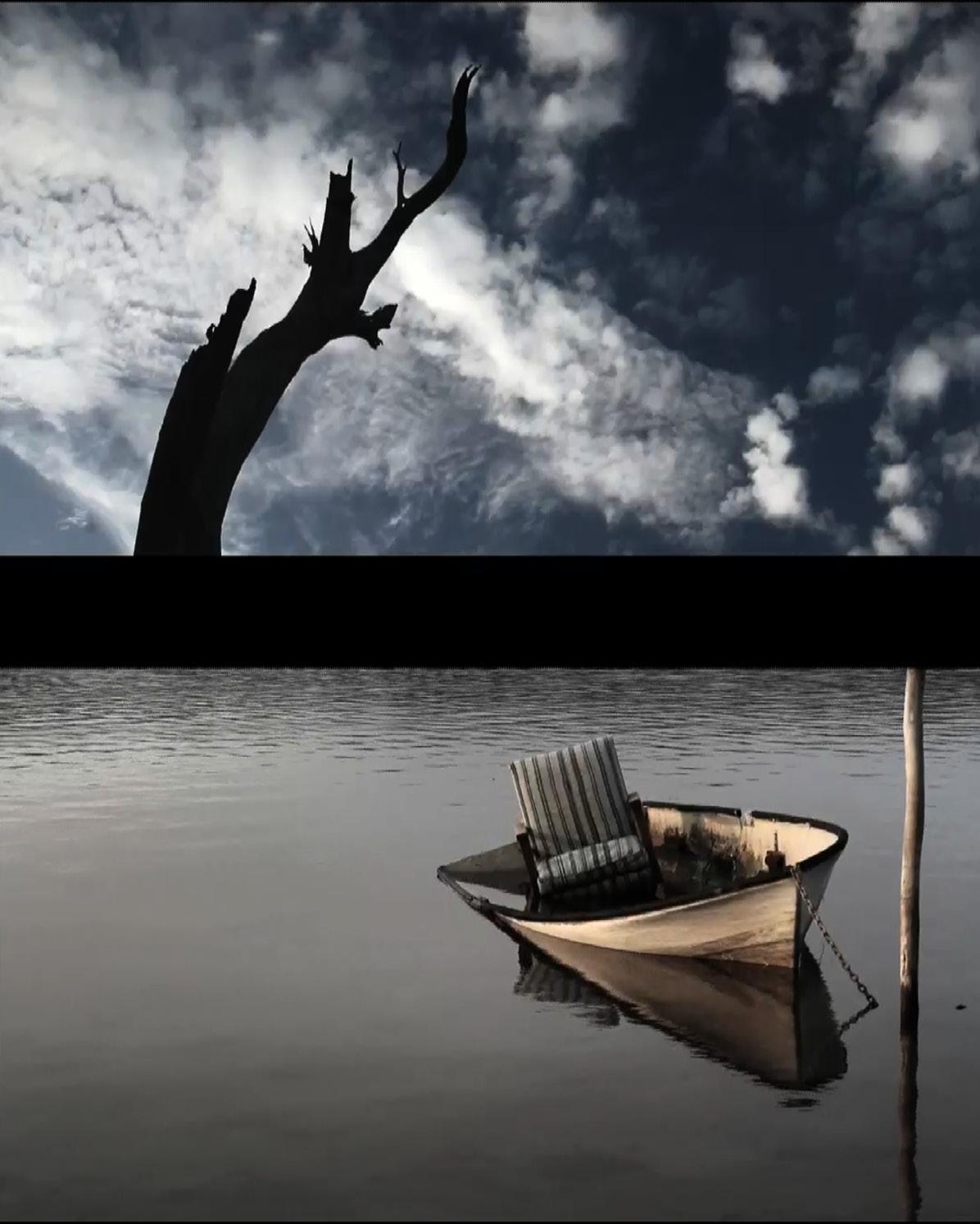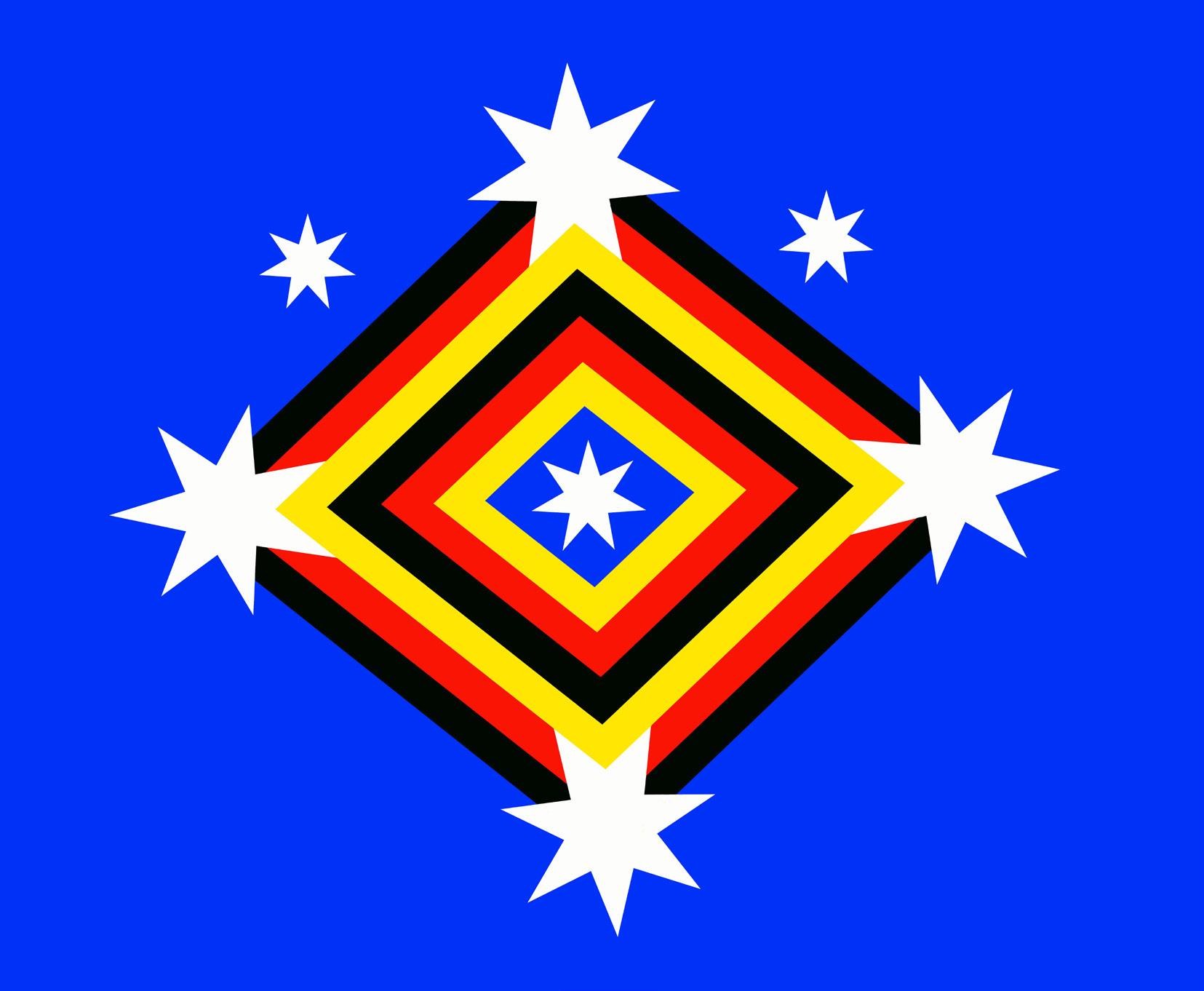
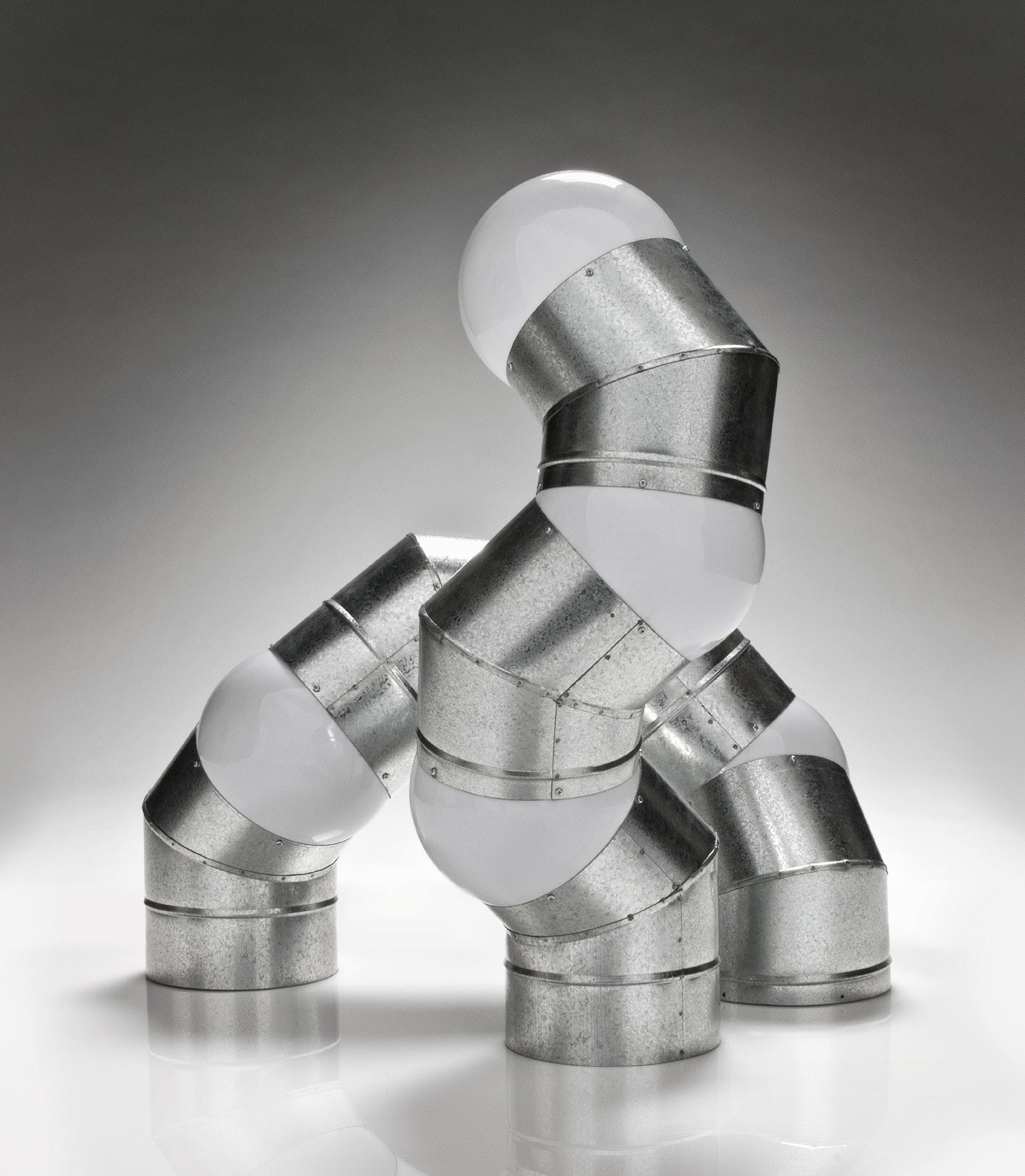
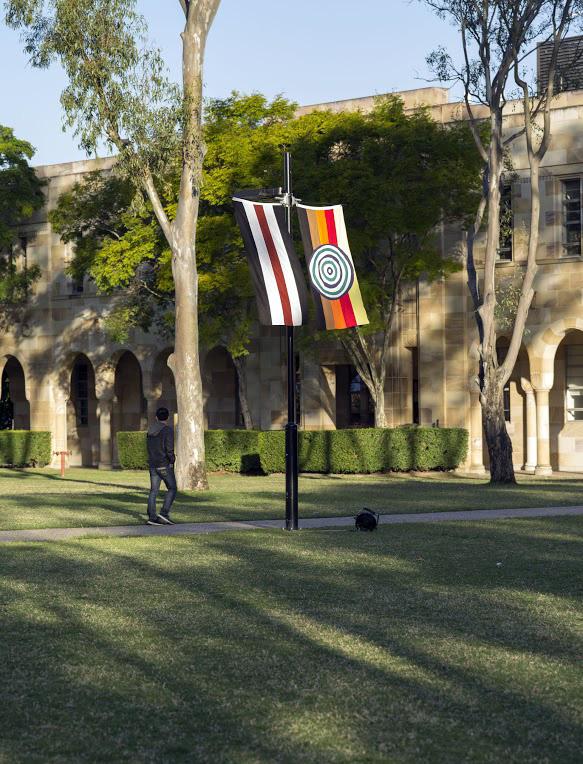
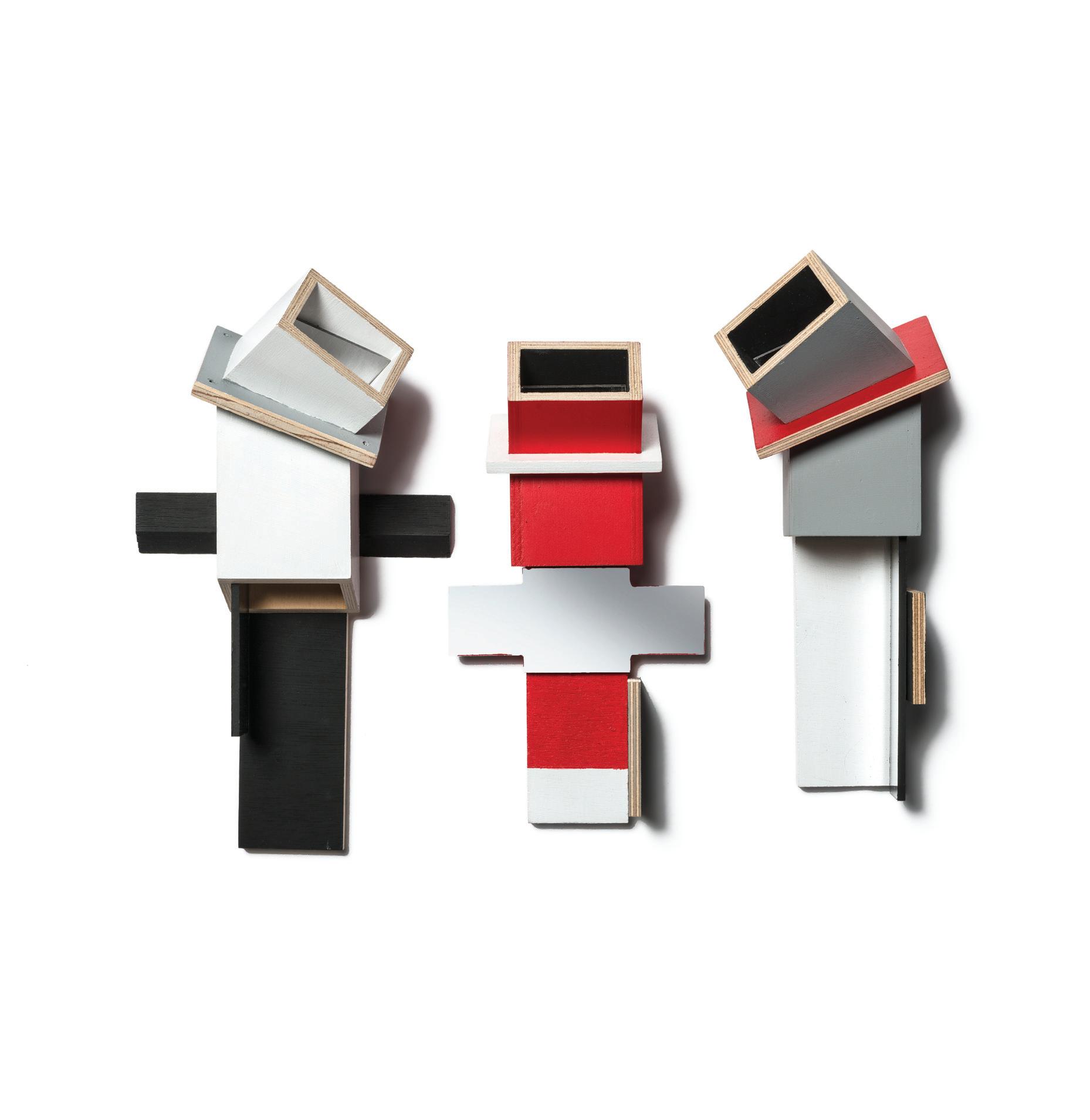
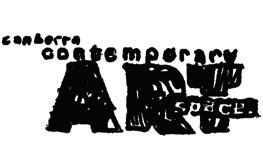
MODULATIONS
PETER VENDERMARK
If the human figure was the dominant thesis of classical sculpture it holds no such position in contemporary three-dimensional practice. The sculptor of old has been transformed into a modern space explorer for whom it is more important to consider how bodies operate in three dimensions rather than how they sit (or stand).
Peter Vandermark argues that the human body is never far from the sculptural environment even if it remains unseen. “Sculpture”, he says, “is always a study in proxemics, human proxemics”. Proxemics is a complex theoretical science that is essentially about the use of space, the way people interact with others in daily life as well as the ways they organise personal living spaces and public spaces. Vandermark understands the gallery as one of these spaces and his work provides audiences with divergent opportunities to consider their physical selves in relation to his work and its positioning within the space of presentation. The white cube gallery, for instance, will be vastly different from a public park or garden.
Vandermark’s practice is preoccupied with architecture, furnishings, models, maquettes and design. All of these appear in Modulations as he explores three-dimensional art as a flexible modular form, making objects that have the appearance of parts that might be added or subtracted. In other words his constructions testify to the process of their construction, each the sum of clearly defined components. As is the way of modular systems, the end result will be familiar either as a complete object or a set of non-functional components.
With Malevich and constructivism in mind, Vandermark’s idiosyncratic periscopes, including Luxductor – Triptych (2014) and Luxductor Grey & Orange (2014), present as inoperative sections, each with its own colour, curious angle and distinctive character. Against the odds of their design each comprises an object that actually functions, albeit not according to expectations. Vandermark’s periscopes might not suit a submariner but in the gallery they address contemporary sculptural ideas about space. These interactive “shoe gazers” enable a physical encounter through which the viewer can look at their feet. In some ways the periscopes seem to ridicule the idea of modular design while resolutely insinuating themselves in the pantheon of art history’s highend objects.
Inspired by influential German photographers Bernd and Hilla Becher whose “typologies” of industrial buildings and structures in grids highlighted the ordered design of industrial landscape Vandermark produced Bunker 1 and Bunker 2. Consisting of two components, a white plinth like piece fits into a wooden grid painted on the inside to activate the interior of the work, the lower half creating a negative (void) space to the positive upper half. Effectively, Vandermark takes the mode of presentation and with a few changes, transforms it into the artwork. Where the Bechers drew attention to the cultural dimension of industrial architecture Vandermark focuses on exhibition design and the ‘architecture’ of presenting art works.
With a view to exploring the ambiguity of art and architecture Vandermark has been working on his Articulation series since 2011. Put simply these works explore the interplay between function and form, recycling and subversion of common industrial materials in order to create an ambiguous form of sculpture. The materials are aircon ducting and lighting spheres riveted together on what is a “believable coalescence”. While these are materials we would not see together in the architecture of a building as modular artworks they paradoxically give the impression of being endemic to their space of presentation. This of course will differ from space to space. In the CCAS gallery, once sleeping quarters for public servants, they are out of place and conflict with early 1980s ambience of the actual exposed air conditioning ducts. On the other hand, in a modern custom built gallery, home or office, before close scrutiny, the works appear to be part of architect’s design. Importantly, this equivocal fluidity of form and function is exactly what Vandermark wants from his works; that they comment on the spaces he has placed them in and enable audiences to experience them in changing circumstances.
14QLDNATIONS(NATIONSIMAGINEDBYRHMATTHEWS) ARCHIE MOORE
Several years ago at the Institute of Modern Art in Brisbane I asked Fiona Foley to provide an Aboriginal perspective to a group of students from a private college who were studying “art and spirituality”. Foley began her talk by asking the class to name, if they could, any of the Native American nations. Apache, Sioux, Navajo, Cherokee and Cheyenne rolled easily of the tongues of 16-17 year olds but when it came to naming Australian Aboriginal nations the class was unable to name one. Emerging from the colonial fog of Hollywood Westerns the class’s knowledge of North America’s First Peoples was scarcely comprehensive but Foley’s point in relation to Australians having little to no knowledge of this country’s First Peoples was effectively made.
Taking part in Courting Blakness: Recalibrating Knowledge in the Sandstone University, an exhibition and two-day symposium organized by Fiona Foley at The University of Queensland, Archie Moore also addressed this issue but from the viewpoint of what is known and the accuracy of collected information. Moore’s 14 Queensland Nations, a series of fourteen flags exhibited in the Great Court of the University’s St.Lucia campus is based on the work of anthropologist RH Mathews who in 1900 drew a map of Queensland based on Indigenous language groups. Mathews was one of the first to acknowledge the existence of Aboriginal nations and Moore used his sometimes questionable research as the basis of a work that not only raises questions in relation to his own identity as an Aboriginal (Kamilaroi) man but also focuses on the many and varied symbolic uses of flags for identification, sovereignty, imperialism, colonialism, nationalism, possession, power, protection, law, piracy and independence.
One might expect that Moore is highly suspicious of Mathews’ mapping of Aboriginal nations and indeed he is. After all, this type of document has its roots in the imposition of simulated borders upon colonized peoples who recognized their boundaries quite differently. His initial doubts, however, are tempered by a fascination with this early European engagement with Aboriginal peoples and methods of anthropological research. Moore says that he was “ …. intrigued by the authenticity of Mathews account, how thorough it was, what was omitted … How tainted was the interpretation of data by a belief of racial and intellectual superiority? What impact on Aboriginal peoples lives eventuated from using sources such as this to validate policies?”
Created for a pathway leading to the central flag bearing Forgan Smith Tower at the University, Moore’s flags are fictional in the same way that Mathews’ mapping of Aboriginal nations is to some extent imagined. These “artworks masquerading as flags” consider flag protocols and reference some unique elements of the lands and cultures to which they refer. Elements of truth exist in Mathews’ research and Moore’s art works. As the artist’s taste for certain attractive designs is imprinted upon each banner, the resulting work becomes ambiguous and contradictory. Bold colours and modernist patterns raise questions in respect of the original research as well as the flag’s facility to effectively represent a certain group of people. Multi-layered issues of authenticity represented by each flag include a personal commentary addressing Moore’s fragmented identity and an uncertain ancestry.
14 Queensland Nations (Nations Imagined by RH Mathews) is ultimately a work that strips the flag of its emblematic pretense. While these flags have an air of authenticity Moore does not allow them to operate in accordance with their primary function. Each is raised to question identity rather than to define it. In a previous exhibition Flag at The Commercial Gallery in Redfern he questioned the idea of one flag for all Aboriginal people. It is impossible that one object can represent such diversity? His answer in this instance was to create many flags, based on the Aboriginal flag, for different political viewpoints. It is interesting, however, that while Moore’s work with flags is subversive at no point does it undermine the intrinsic codified power of the flag itself. On the campus at The University of Queensland his flags were unable to compete with the protocols that surround a hierarchy of flags, the Australian and Queensland flags, for instance. Employing the design and presentational conventions associated flags, Moore’s artworks are possessed of their own unique authority that is to make accountable the very notions of power under which flags fly and attempt to define peoples and nationhood.
BETWEENCOMINGANDGOING HEIKE QUALITZ
Landscapes in painting and photography are notable for being still, if not serene. It is in the nature of these media that even a turbulent natural event will appear to be motionless. In reality of course nothing could be further from truth –landscapes are alive and movement everywhere. Heike Qualitz uses the medium of video to explore the contradictory nature of ‘still life’ in Between Coming and Going
Each passing drop (2014) consists of two images that are for all intents and purposes still – a blackened tree stump silhouetted against a dark cloudy sky and an abandoned dilapidated dinghy, curiously with a chair, sinking on the tides. Qualitz’s videos are presented as photographic views that will seem familiar to most viewers. They are tranquil scenes that might tend towards cliché if it were not for the most subtle of differences, movement. These are meditative works that require an appreciation of time … and how it works both in nature and on film/ video. Not only do we notice after a time, the changing cloud patterns but also the tides upon which the boat struggles to float. Further, the subject matter of each image is evidence of time’s vagaries or more succinctly, decay. Paradoxically these “still” images are dynamic and change fills every pixel. Qualitz challenges her audiences to enter this ostensibly silent zone of motionlessness and value the energy.
Interface – encounters with place (2014) continues to work with a romantic view of (awe-inspiring) nature. Her location, the rocky shores of an unknown, perhaps generic, beach is also broadly familiar and again demonstrates the impact of time on the landscape. Time in this case, however, is extended in reference to land form – invisible to the eye as any slight movement may take place over thousands of years. To this piece, Qualitz adds her own movement, an intervention of sorts, in which we see the slow appearance of a human body that is at first scarcely noticeable. Consisting of three different images or screens, the body emerges, casts a shadow, and generates a series of sympathetic moves (dance). There are many possible ways of interpreting this work which like Each passing drop requires an audience with an extended attention span. With no punch line and no climax, Qualitz highlights human engagement with land, and in this case set against rock formations worn and moulded by the forces or erosion, how short our time on this planet has been.
David Broker, October 2014
